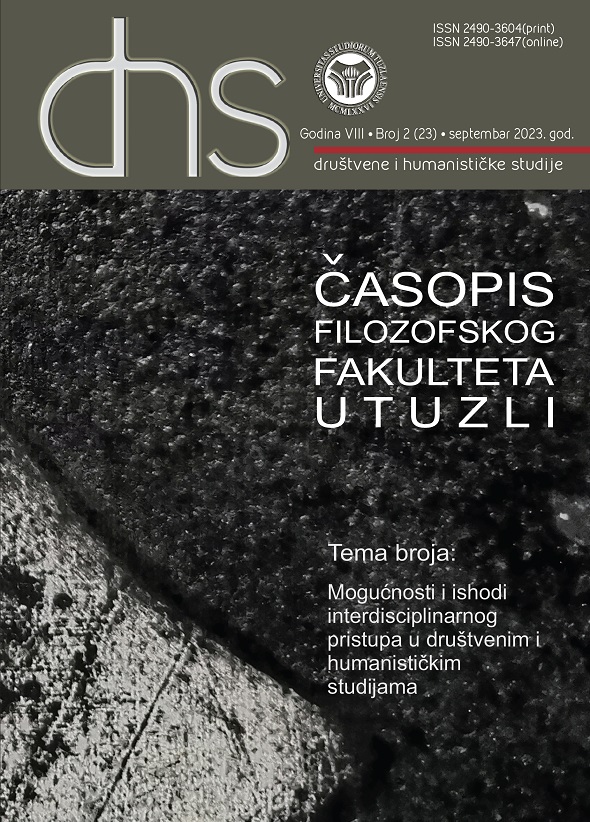Nacionalni simboli i obeležja u udžbenicima o prirodi i društvu prvog ciklusa obrazovanja zemalja Zapadnog Balkana
National Symbols and Marks in Textbooks on Nature and Society of the First Education Cycle of the Countries of the Western Balkan
Author(s): Danijela Vasilijević, Hadži Živorad M. MilenovićSubject(s): Anthropology, Education, School education, Sociology of Education
Published by: Filozofski fakultet Univerziteta u Tuzli
Keywords: Yugoslavia; flag; coat of arms; anthem; vexillology; heraldry;
Summary/Abstract: The paper presents the results of research conducted with the aim of determining the contribution of textbooks on nature and society of the first cycle of education in the countries of the Western Balkans to the formation of the concept of national symbols and features. In the theoretical part of the paper, a description of the etymology of the official national symbols and features (flag, coat of arms and anthem) of the countries of the Western Balkan region is given. The theoretical analysis method and content analysis method were used. The units of analysis are sentences of the basic textbook content, visual content - pictures, photographs, drawings and questions and assignments in the domain of didactics and methodology instruments. The research included nature and society textbooks for younger elementary school students (N = 23). The results of the research showed that nature and society textbooks insufficiently affect the formation and strengthening of the concept of national symbols and signs, and that there is imbalance in their coverage and development, both as a whole and at the level of individual categories. It has been shown that there is an approximately equal representation of content that promotes national identity, but that the textbooks in the Republic of Croatia have, compared to the others, the most content dedicated to national symbols and signs, while in terms of the representation of basic textual content and their didactic-methodological interpretation, Slovenian textbooks lead the way. The textbooks used in the European Union member states have more content related to national symbols and signs within all analyzed categories. Foreign publishers have proven to be less sensitive to the national narratives of the countries to which they intend the textbook content.
Journal: DHS-Društvene i humanističke studije: časopis Filozofskog fakulteta u Tuzli
- Issue Year: XXIII/2023
- Issue No: 23
- Page Range: 601-624
- Page Count: 24
- Language: Serbian

